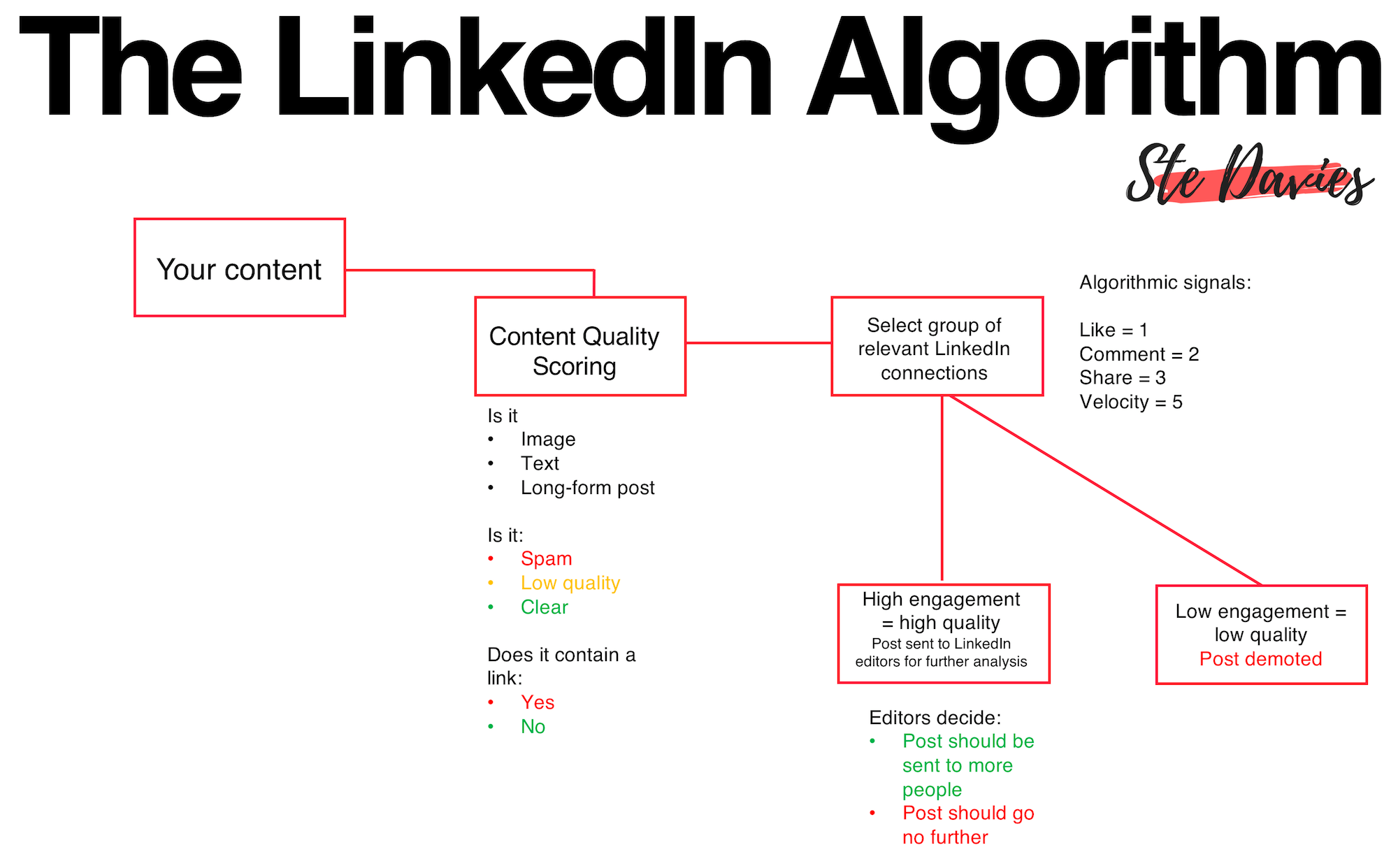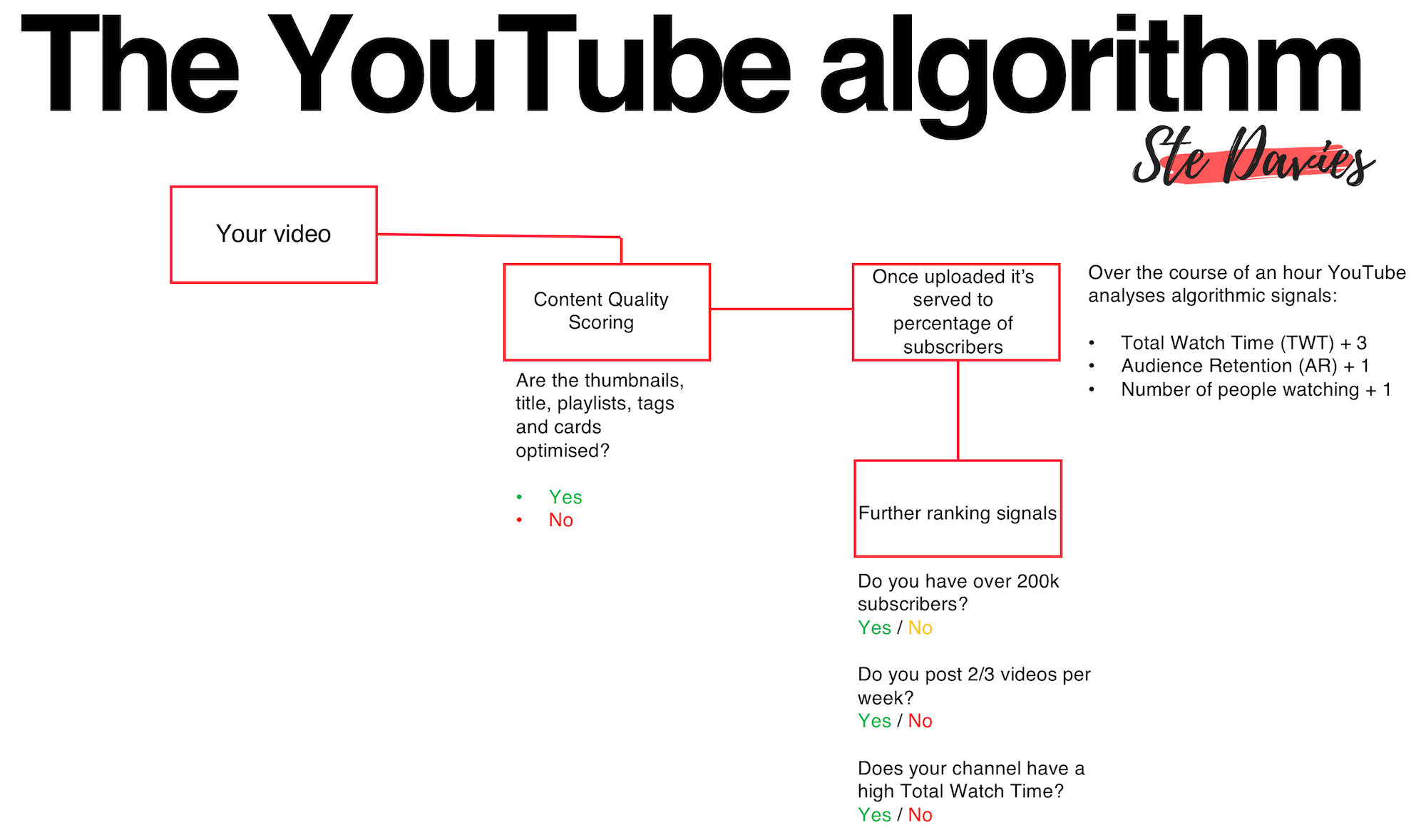Dhamma Diary
( Discovering How to Reverse Engineer Afflictive Emotions – Quantum Dhamma Diary #1)
Sharing Experiences, both those which i have mastered, (and those which i have not, in the hope that even if i cannot master the teaching, perhaps another listener can master it, even if i can’t)
Introspection as a Practitioner of Vipassana, and Ex Bhikkhu, who suffers with ADHD, and PTSD, and practices Vipassana Kammathana; The results from personal experience and study of not only the inner experience in Meditative Contemplation, but also to peruse the Chemical Molecular Formulas, which are sent into the Nervous System, and cause various ’emotional’ states, which we know as a formless, and think of as a spiritual experience, called ’emotion’. We see things wrongly because of false views and belief in a self that does not truly exist in the unchanging manner we imagine (Sakaaya Dhitti)

Picture; Little Prince by Anuk on deviant art. Source; http://deviantart.com/anuk/art/Le-Petit-Prince-740681883
But in fact, emotions, be they afflictive or pleasant, are not only temporary (Anijja), dis-satisfactory (Dhukkha), and not self (Anatta), as stated by the Lord Buddha, but are also natural physical reactions, due to chemicals released by the brain into the nervous system, based on what one is thinking.

solitude brings insight and self befriendment
What one is thinking is conditioned, and will cause the brain to send chemicals into the nervous system. One unconscious process we can notice consciously which reflects when we are feeling stressed, is the breath.

Controlling the breath, and noticing if it is agitated, or not, is a key to reverse-engineering the chemicals within the nervous system, which causes stress, and agitated breathing, to douse out, or to change the nature of those chemicals, and create a peaceful physical feeling, and hence, a peaceful mind and emotion.

The anger, stress, sadness, loneliness, and other afflictive emotions are not sinful. Sin is not the meaning of ‘Defilement’. Defilement is more like a stain that was conditioned as we grew up, and society conditions us, as do human cultural habits and traditions, and which can be ‘polished off’ leaving the consciousness void of impurity, and liberated from afflictive emotions (Dhukkha Vedhana).
Note; Just because I may be able to explain a technique, does not necessarily mean that i myself have mastered it in my own applied practice and manifested it into my life. Watch the Teachings, Not the Teacher.
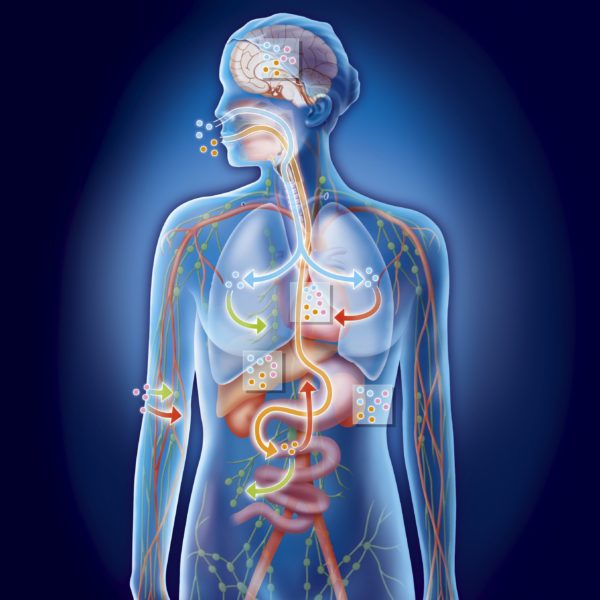
The idea of the body being directly related with the overcoming of inner suffering may be strange to many Buddhists, but in fact, the sutras state more or less the following (taken from Wikipedia);
Vedanā (Pāli; Sanskrit) is a Buddhist term traditionally translated as either “feeling” or “sensation.” In general, vedanā refers to the pleasant, unpleasant and neutral sensations that occur when our internal sense organs come into contact with external sense objects and the associated consciousness.
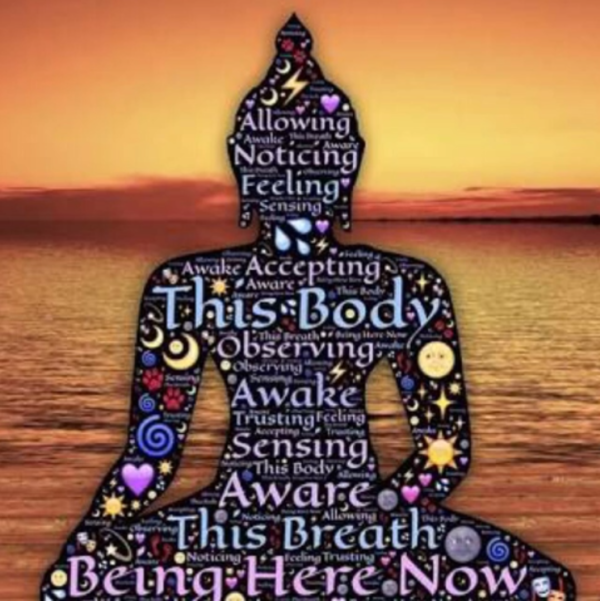
Vedanā is identified within the Buddhist teaching as follows:
- One of the seven universal mental factors in the Theravāda Abhidharma.
- One of the five universal mental factors in the Mahāyāna Abhidharma.
- One of the twelve links of dependent origination (in both Theravāda and Mahāyāna traditions).
- One of the five skandas (in both Theravāda and Mahāyāna traditions).
- One of the objects of focus within the four foundations of mindfulness practice.
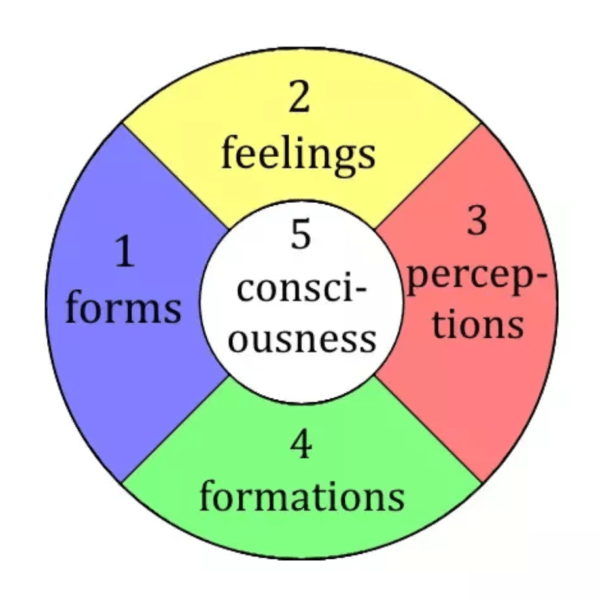
5 khandas
In the context of the twelve links, craving for and attachment to vedanā leads to suffering; reciprocally, concentrated awareness and clear comprehension of vedanā can lead to Enlightenment and the extinction of the causes of suffering.

Heaven is in Your Mind




